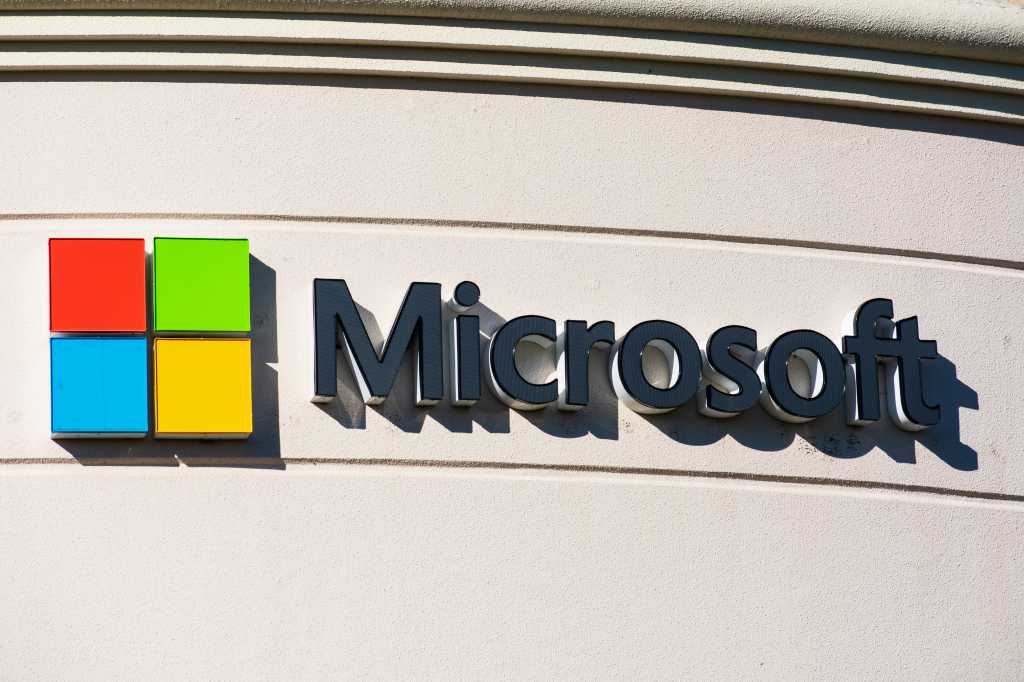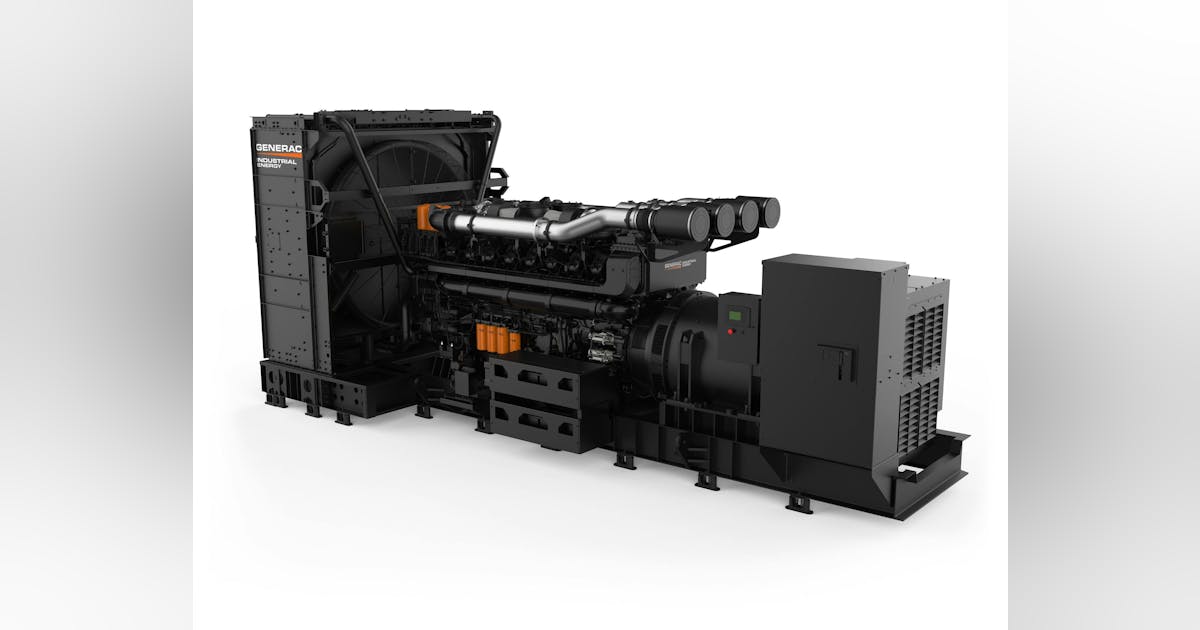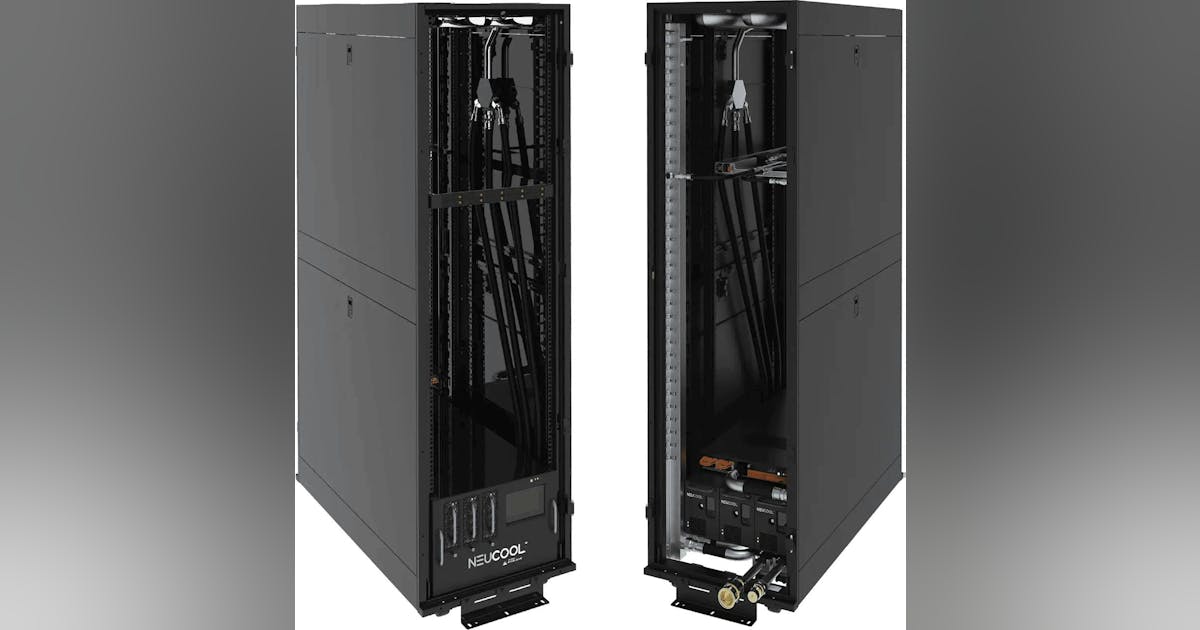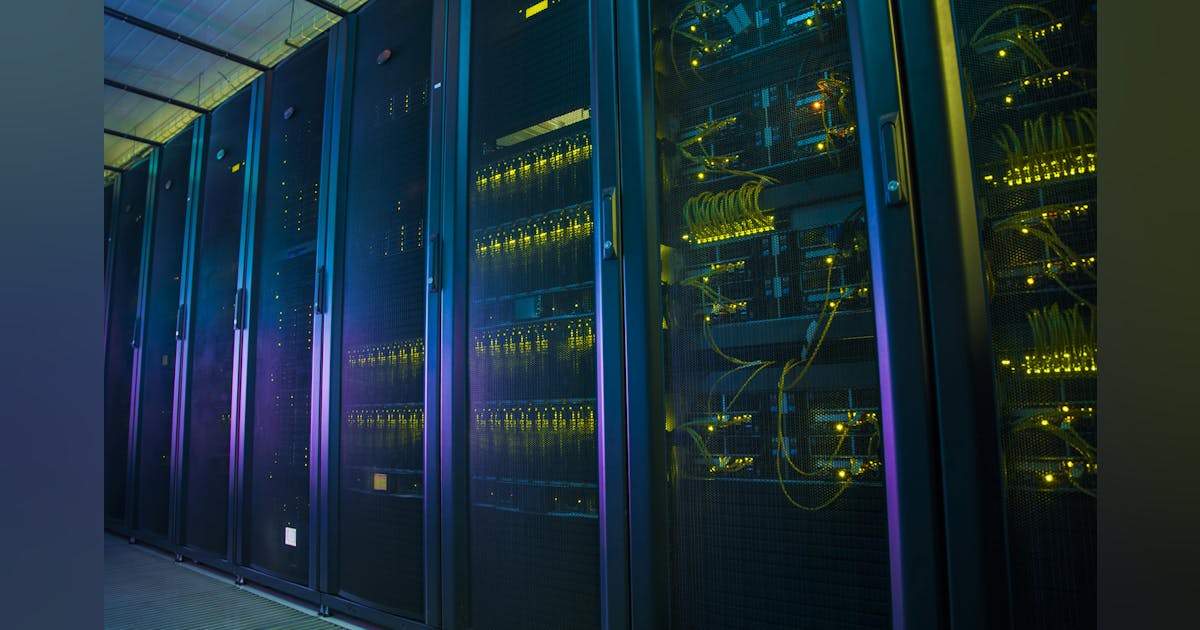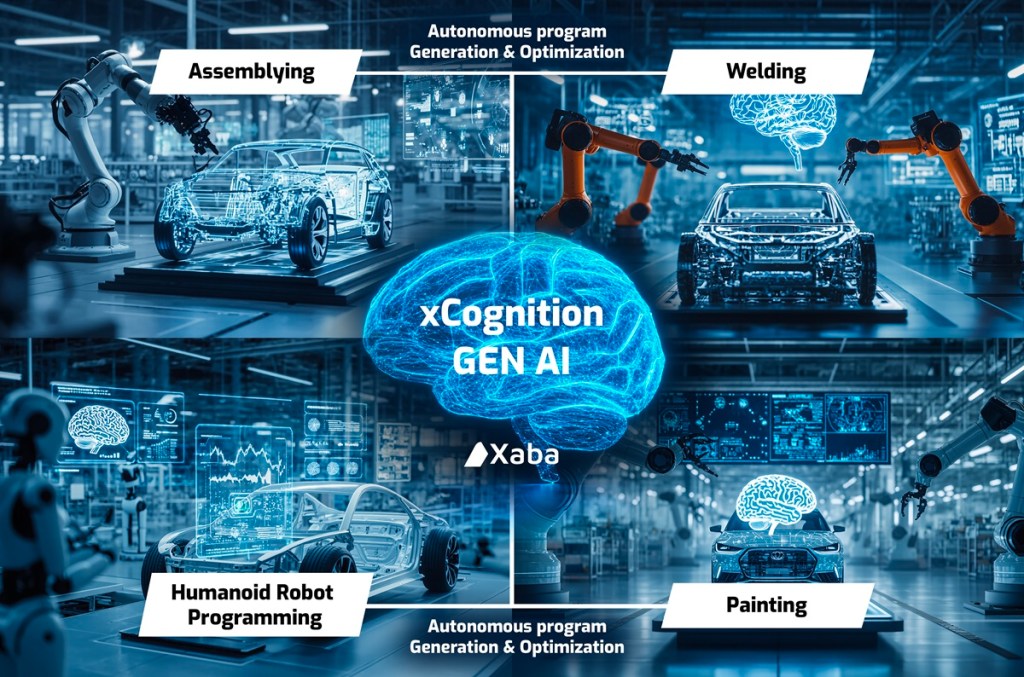
Perma-Pipe International Holdings has landed a significant $27 million+ haul of new contracts spanning the Americas and the Middle East and North Africa (MENA) region, indicating robust demand for specialized pipeline solutions, the company said.
The contracts include Perma-Pipe’s anti-corrosion technology and high-performance XTRU-THERM insulation system, a spray-applied polyurethane foam jacketed in a rugged high-density polyethylene casing.
The company said in a press release it has secured multiple awards to provide anticorrosion coating services for the oil and gas markets in Western Canada and the UAE. In the United States and Saudi Arabia, Perma-Pipe will deliver double-containment and pre-insulated piping solutions for data center and industrial expansion projects under multiple contracts.
“These major project awards reflect the increasing demand for Perma-Pipe’s solutions. This demand is being fueled by market growth in data centers, rising investments in pharmaceuticals and industrial sectors, and the expansion of midstream energy projects”, Marc Huber, Senior Vice President of Perma-Pipe’s Americas region, stated.
“Our strategic product diversification and geographical expansion have been vital in driving this growth, opening new markets, and ensuring our continued success”, Saleh Sagr, President, added.
“We are excited about these new awards, as they mark key milestones for the Company and further complement an already strong backlog position for the coming year”, David Mansfield, CEO, commented. “These projects not only showcase the strength of our solutions but also play a strategic role in advancing our position within the market”.
To contact the author, email [email protected]
WHAT DO YOU THINK?
Generated by readers, the comments included herein do not reflect the views and opinions of Rigzone. All comments are subject to editorial review. Off-topic, inappropriate or insulting comments will be removed.
MORE FROM THIS AUTHOR

